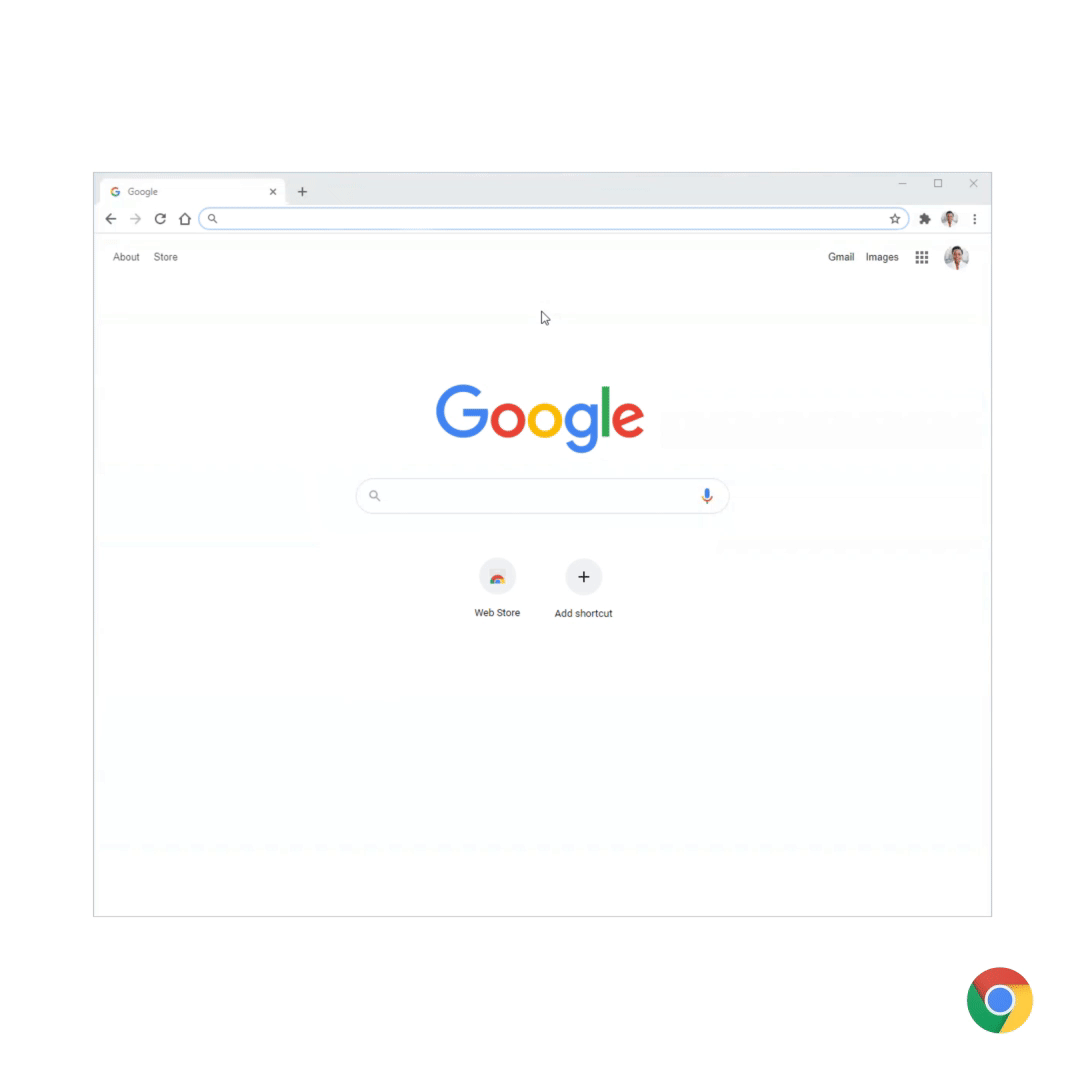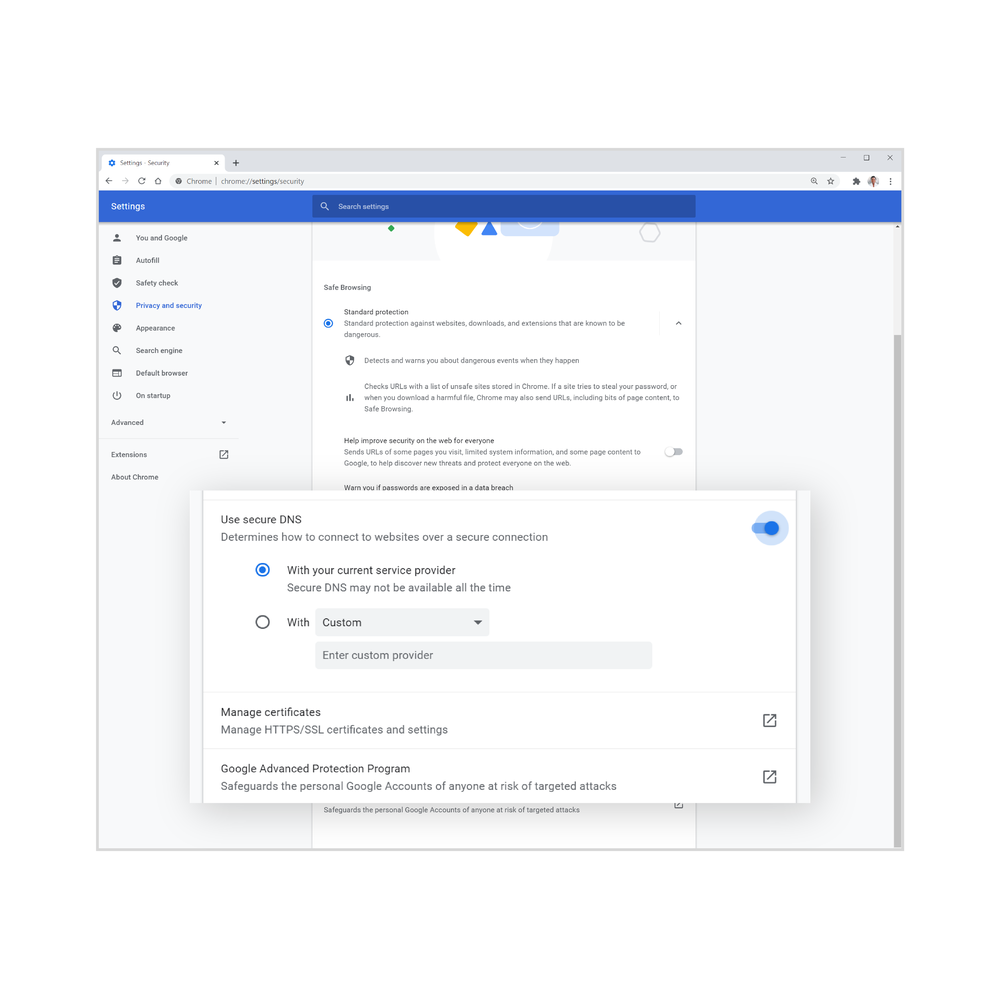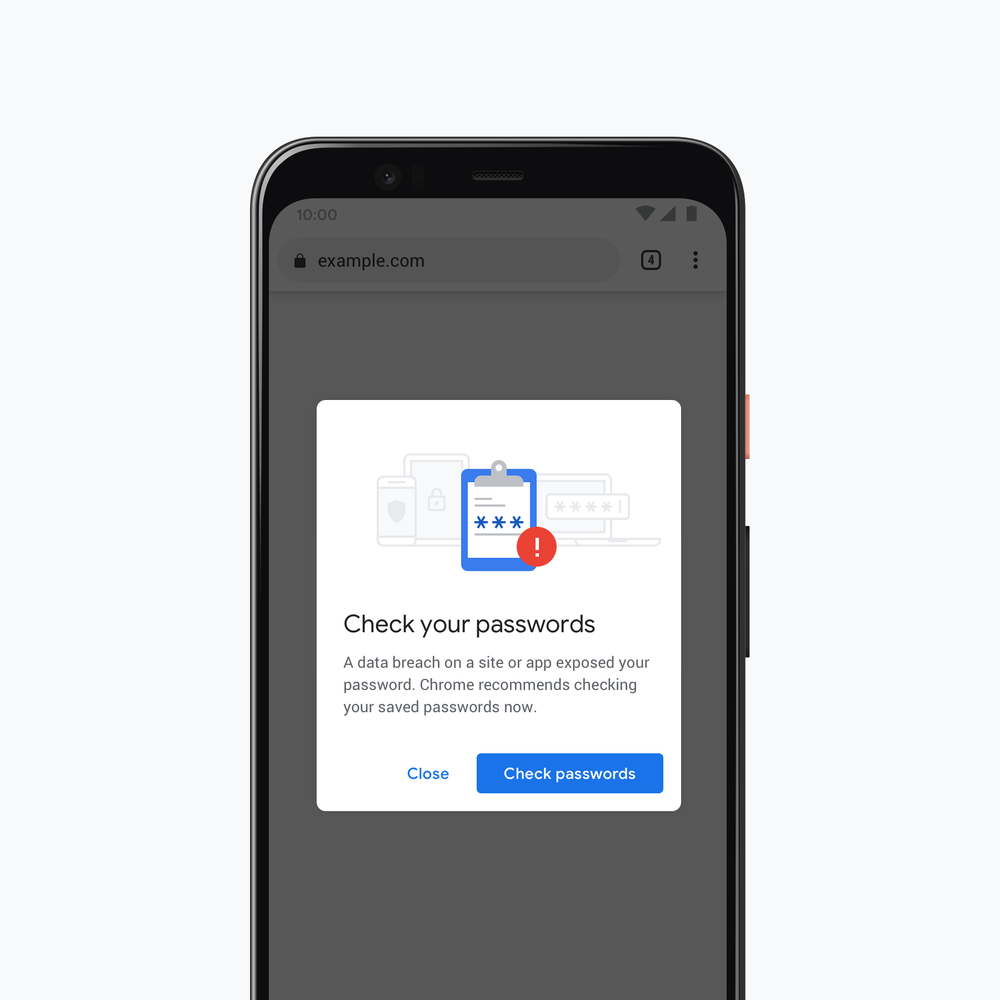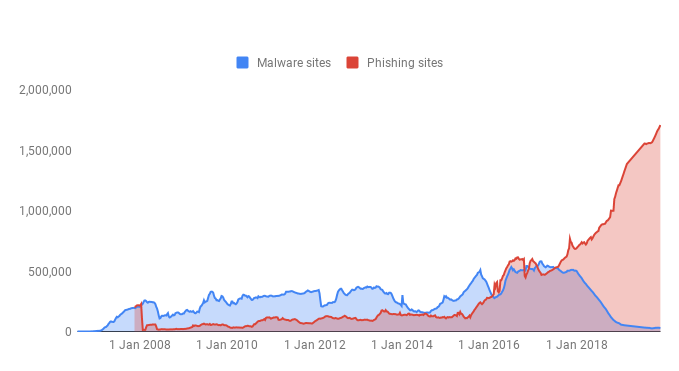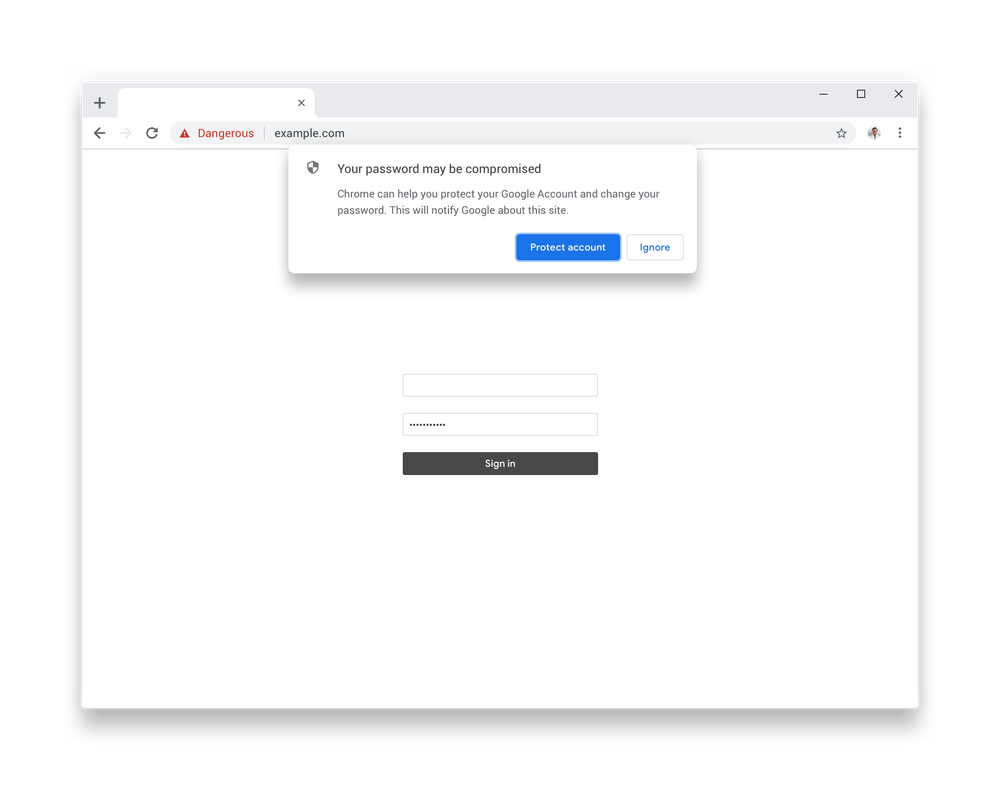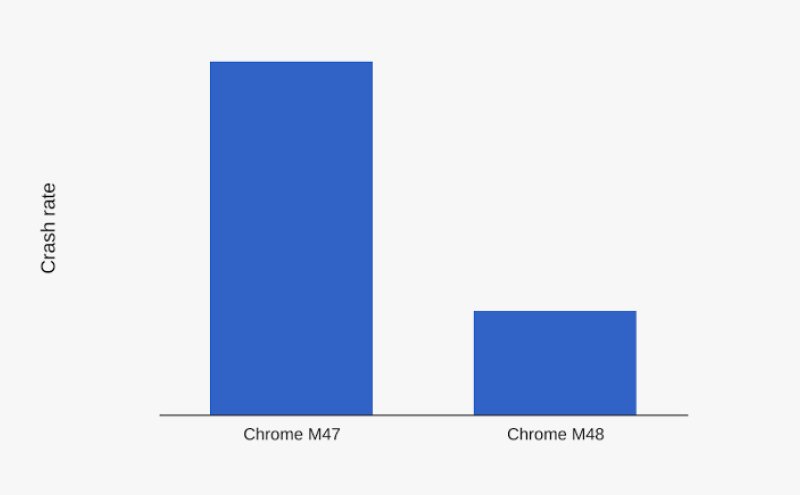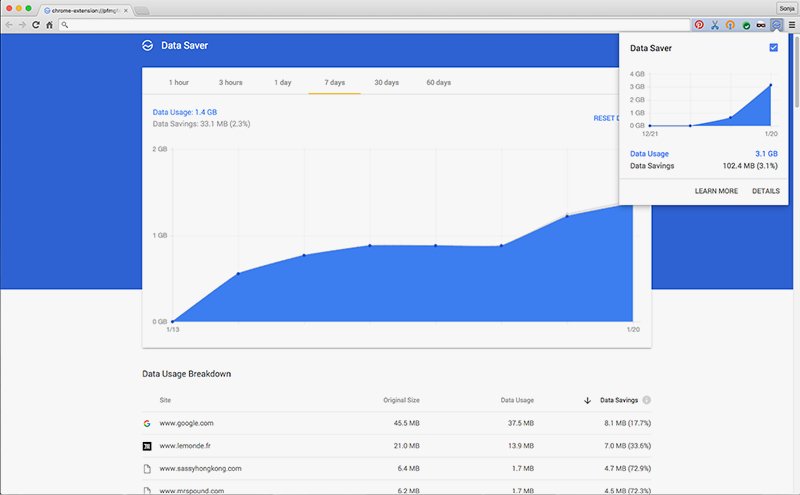For most of us, passwords are the first line of defense for our digital lives. However, managing a set of strong passwords isn’t always convenient, which leads many people to look for shortcuts (i.e. dog’s name + birthday) or to neglect password best practices altogether, which opens them up to online risks. At Google, we protect our users with products that are secure by default – it’s how we keep more people safe online than anyone else in the world.
As we celebrate Cybersecurity Awareness Month, we’d like to share all the ways we are making your sign-in safer:
Making password sign-in seamless and safe
Everyday, Google checks the security of 1 billion passwords to protect your accounts from being hacked. Google’s Password Manager, built directly into Chrome, Android and the Google App, uses the latest security technology to keep your passwords safe across all the sites and apps you use. It makes it easier to create and use strong and unique passwords on all your devices, without the need to remember or repeat each one.
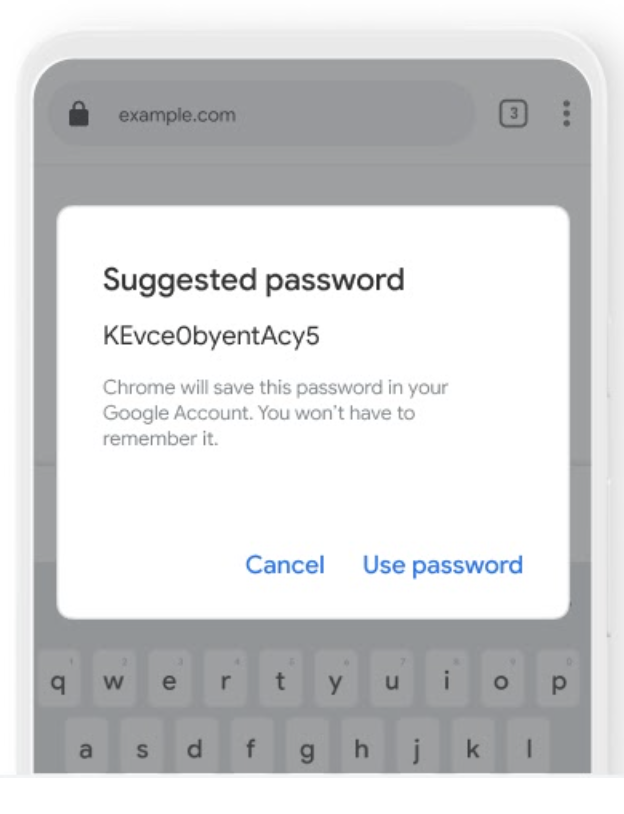
On iOS you can select Chrome to autofill saved passwords in other apps, too. That means your sign-in experience goes from remembering and typing in a password on each individual site to literally one tap. And soon, you will be able to take advantage of Chrome’s strong password generation feature for any iOS app, similar to how Autofill with Google works on Android today.
We're also rolling out a feature in the Google app that allows you to access all of the passwords you've saved in Google Password Manager right from the Google app menu. These enhancements are designed to make your password experience easier and safer—not just on Google, but across the web.
Getting people enrolled in 2SV
In addition to passwords, we know that having a second form of authentication dramatically decreases an attacker’s chance of gaining access to an account. For years, Google has been at the forefront of innovation in two-step verification (2SV), one of the most reliable ways to prevent unauthorized access to accounts and networks. 2SV is strongest when it combines both "something you know" (like a password) and "something you have" (like your phone or a security key).
2SV has been core to Google’s own security practices and today we make it seamless for our users with a Google prompt, which requires a simple tap on your mobile device to prove it’s really you trying to sign in. And because we know the best way to keep our users safe is to turn on our security protections by default, we have started to automatically configure our users’ accounts into a more secure state. By the end of 2021, we plan to auto-enroll an additional 150 million Google users in 2SV and require 2 million YouTube creators to turn it on.
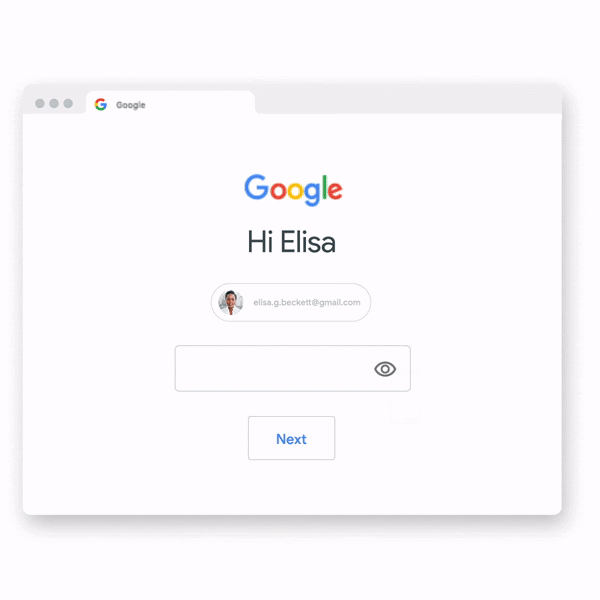
We also recognize that today’s 2SV options aren’t suitable for everyone, so we are working on technologies that provide a convenient, secure authentication experience and reduce the reliance on passwords in the long-term. Right now we are auto-enrolling Google accounts that have the proper backup mechanisms in place to make a seamless transition to 2SV. To make sure your account has the right settings in place, take our quick Security Checkup.
Building security keys into devices
As part of our security work, we led the invention of security keys — another form of authentication that requires you to tap your key during suspicious sign-in attempts. We know security keys provide the highest degree of sign-in security possible, that’s why we've partnered with organizations to provide free security keys to over 10,000 high risk users this year.
To make security keys more accessible, we built the capability right into Android phones and our Google Smart Lock app on Apple devices. Today, over two billion devices around the world automatically support the strongest, most convenient 2SV technology available.
Additional sign-in enhancements
We recently launched One Tap and a new family of Identity APIs called Google Identity Services, which uses secure tokens, rather than passwords, to sign users into partner websites and apps, like Reddit and Pinterest. With the new Google Identity Services, we've combined Google's advanced security with easy sign in to deliver a convenient experience that also keeps users safe. These new services represent the future of authentication and protect against vulnerabilities like click-jacking, pixel tracking, and other web and app-based threats.
Ultimately, we want all of our users to have an easy, seamless sign-in experience that includes the best security protections across all of their devices and accounts. To learn more about all the ways we’re making every day safer with Google visit our Safety Center.



